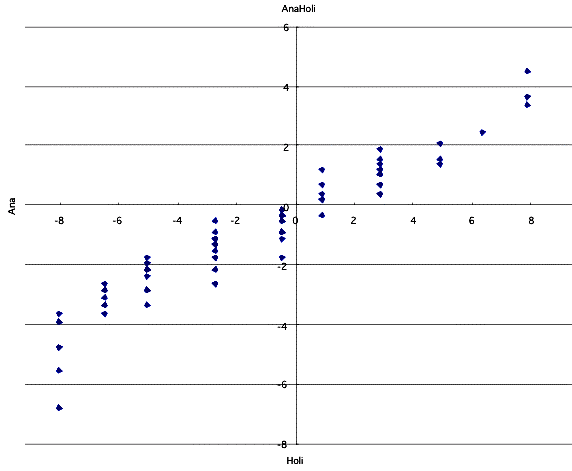May 22-23, 2004. Tokyo, Japan: Tokyo Keizai University.
A comparison of holistic and analytic scoring methods in the assessment of writingby Yuji Nakamura (Tokyo Keizai University) |
AbstractThis paper examines the strengths and weaknesses of holistic and analytic scoring methods, using the Weigle adaptation of Bachman and Palmer's framework, which has six original categories of test usefulness, and explores how we can use holistic or analytic scales to better assess student compositions. Keywords: holistic scoring, analytic scoring, writing assessment, Bachman and Palmer framework, test usefulness
|

